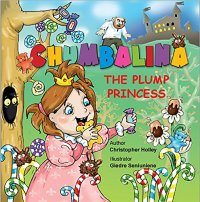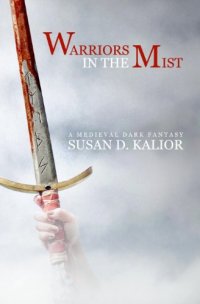Deborah Running Bear’s spirit is as dead as the wooden Indian she portrays at work. Desperate to come alive, she sets her face like flint to confront white girlfriends whose betrayal in high school sent her life spiraling down. But will a showdown heal past wounds?
“A poignant reminder that we must face – not run from – our deepest fears.” Jean Snedegar, reporter/producer, BBC Radio and West Virginia Public Broadcasting.
Deborah is always running. Hiding. Festering with bitterness from the stab-in-the-back that led to her arrest and exile from the community that once offered her prestige and a doorway into college. It was 1968, and Deborah had “gone white,” embracing a Norwegian-Lutheran town and its high school bubble of Beatles, basketball, and boys. But underneath the glow of her senior year, tensions simmered, leaving her with unanswered questions that haunted her for years. Why did townsfolk cast suspicious eyes her way after race riots broke out following the assassination of Martin Luther King? Why did the town toss her out? And the most troubling question, what happened to her white boyfriend? Did he return from Vietnam in a body bag?
After being forced from the community, Deborah turns her back on white culture, marries a Native, and becomes an activist in the American Indian Movement. But the siege of the town of Wounded Knee, South Dakota, leaves her a window and single mother. By Deborah’s accounting, her life is a waste: a dead husband, dead relationships with her elderly father and her grown son, and a dead-end job as a wooden Indian.
After years of hiding, she’s discovered by her former white girlfriends. Inflamed with anger that they found her, and hoping to heal from past wounds, she confronts them at a historic cavalry fort in the Midwest. But will facing enemies set her free from her shut-down life, or will secrets revealed lead to more pain? Must she tread the trail of forgiveness to find life’s second chances, or could she be deceived again?
Deborah’s search for wholeness is a journey of coming of age in middle age. Of experiencing it’s never too late to become who you’re meant to be. And of discovering she can love passionately again.
Trish Hermanson writes about racial outsiders with the sensitivity of Jamie Ford and Sue Monk Kidd. Like William Kent Krueger, she crafts vivid settings through careful period detail. Prior to publication, the story captured awards from Rocky Mountain Fiction Writers and Pikes Peak Writers. Although it confronts the ugliness of racism, it pays on the promise of the triumph of the human spirit and a feel-good ending.
“Just as the wounding of one affects us all, so does the healing of one. That’s a story we need to hear.”
– Patrick Dorn – Denver arts critic, playwright, and author.
“An epic drama set within themes that make Dakota ‘Dakota.’ A delicious read.”
– Thomas A. Dempster, former South Dakota State Senator, and author of North of Twelfth Street: The Changing Face of Sioux Falls Neighborhoods.












